And finally, the conclusion to our Maple Syrup adventure (the first part can be read here).
It was so exciting to watch how quickly or slowly the buckets would fill depending on how cold or warm it got. My mind was blown the first warm night we had. I had emptied the buckets right before bed and decided to check on them again before leaving in the morning for work. I got some help from The Local Tree Experts on how to locate a good spot to start tapping the sap.
I wasn’t sure if I’d make it home for lunch that day and boy was I glad I did check, the buckets were already over flowing from the previous 8 hours over night. The video above shows some typical sap flow, but when it would get REALLY warm it would get going even faster.
We could get 3 gallons a day (per tree) as long as it was above freezing. Ideally, the temperatures should fall just below freezing over night, but Northern Illinois’ Spring is never that regular and steady. Over one week period we had days and nights above freezing and days and nights below freezing. And over that same week we collected almost 20 gallons. It was also exciting to go out and empty the buckets. As I put it, romantic even (enter Tasha Tudor and Laura Ingalls fantasies here). In our research we found that huge maple syrup operations have hoses that go directly from the trees underground to networks of pipes. As romantic as it was go out and empty the buckets, in the future we will most likely bore holes into larger 5 gallon drums and the hose will go directly from the tree into the close lidded bucket at the base. As it was, I was just dumping the gallon jugs into the 5 gallon food grade buckets. You can see those at the end of the video above.
After collection is complete you need to stop up the hole where the tap was. Ideally you find a branch from the same tree that is the size of the hole and hammer it in. Since we were at my house I was able to saw off the end cleanly. During the week we were collecting, Matt and I went for a walk and I noticed one of my neighbor’s trees in the parkway having similar wet stains running down the side of their tree, almost like they had drilled holes but weren’t collecting. When I looked closer I saw a collection of holes made by woodpeckers! That was crazy to me that even a bird could get the sap flowing. It’s really that easy!
The week we were collecting (and the week where the weather was most cooperating for Maple Sap collection) happened to coincide with my sister and attending a quilting conference. Because we didn’t want to over collect, and we didn’t want to let the sap sit too long, we only had one day (a Sunday) available to do the cook. When she returned from her conference we started bright and early in the morning in my back yard . We had two fires going, 3 stock pots and 2 regular pots of sap. Note for the future: I think a larger, wider and more shallow container to cook in would have been better, rather than a bunch of deep and narrow pots. Above you can see how clear the sap water is to start out. As we boiled down it got murkier looking but I wasn’t so sure that it was the syrup itself or all the dried grass and ash from the fire that was blowing into the sap water. I joked that the syrup was definitely going to have a very “earthy” taste.
Keeping the fires going hot enough to boil the sap continuously was a VERY LABORIOUS CHORE. We used my fire pit and a small BBQ for our fires. Because of the small area available for the actual fire, under the grills that held the pots, we were limited to what we could use to build our fire. We used a combination of cut down firewood, charcoal and kindling. The whole day we were constantly chopping, sawing and breaking down wood to go in the fire. The larger pieces of wood and the charcoal kept the fire going for long periods of time, but the kindling (small branches we had gathered and collected from the yard over the year) is what kept the fire hot enough to make the sap boil. If we didn’t keep kindling stocked constantly the boil would stop. Aaaaand, here’s the part where I talk about how we almost burned down my entire yard. We were sitting by the fire and my sister says “the grass is on fire” and she points and I see an area on the far side of the fire pit on fire. In fractions of a second the fire spread quickly and in mere seconds the whole thing played out. The fire spreading across the lawn and right over to the pile of kindling, my sister shouting to go inside and get water, me connecting the garden hose and frantically trying to find the end of the hose where the water comes out, and the fire had spread a good 5 to 6 feet. It was scary but we have had many laughs about it since. Note for next time: keep the garden hose nearby and ready to go. Apparently all of our combined years as Girl Scouts taught us nothing.
While I had collected 20 gallons of sap, it got to be far enough into the day, constantly topping off our pots whenever it boiled down, it became apparent that we would have to continue cooking through the night if we used all 20 gallons. We both had to work the next day (me at 6 a.m.) We stopped adding more sap to our pots at about 15 gallons. The remaining 5 gallons we just ended up dumping. Another note for next time – this really should be done over a whole weekend.
We started around 9 a.m. and didn’t finish until 11 p.m. After consolidating down to 2 pots, which happened right when it got dark, we moved inside and starting cooking on my stove top. When we moved inside we did our first filter. We used linen wash clothes and it caught a lot of ash and dried grass that had gone into the pots. The filters are mainly meant to remove sugar sand, crystallized sugar, that can form well into the cook.
It takes 40 parts of sap to get down to 1 part of syrup. We had gone from 15 gallons to 4 quarts, but at this point it still looked like dirty water. We had not taste tested it at all and my fear was after a whole day’s work it was going to taste like mud water. My sister ran over to my parents’ house real quick and my mom immediately noticed that my sister smelled like maple syrup. All we could smell was campfire smoke. At around 10:30 p.m., after a long and grueling day we just started aiming for 11 p.m. and whatever we had cooked down by then was where we were going to end. Turns out we got pretty close, something like 36 or 37 parts to 1. We tasted it and it tasted like MAPLE SYRUP! Hoorah!
We did a second and final filter and finished with 7 small (1 cup) canning jars of syrup. As a joke on April 1st I posted one of the jars with this mock up label saying that I was going to start making and selling maple syrup. Fat chance! After that much hard work goes into that tiny and precious amount of product there is just no way.
There are so many variables that can go into the taste of the syrup, things like the type of maple tree, the dates in which you collect and we speculated the ash and grass that blew into it, even down to the containers you use to store and cook with. When I tasted the syrup for the first time I thought it actually tasted like maple syrup but also this subtle floral undertone. After that much time and work, that was a pleasant surprise. I’d read that some syrups can taste “buddy” which means it has a unique flavor if the maple trees had already started budding for the season. Maybe that’s what I taste?
I’ve had my canned jars stored in the refrigerator but haven’t used any yet. Fast forward to Easter Sunday. We had a giant breakfast over at my parents’ house after church. My sister and I made waffles and of course… MAPLE SYRUP! It was delicious and I can’t wait to enjoy it again.
robayre
Hi, I'm Robyn and I was Hatched from a Kinder Surprise Egg. Graphic Designer by day, Maker of things by night. I have worked as a graphic artist professionally since I was 16 years old. Went on to get my Bachelors of Art from NIU. I like to share my Artwork online at flickr.com/photos/robayre and on my own personal website http://www.robayre.com. I also have an online shop http://www.robayre.etsy.com where you can find more of my "crafty" sorts of things, as well as a random piece of artwork here and there. Oh, and I'm also an occasional contributor to Artomat (artomat.org).

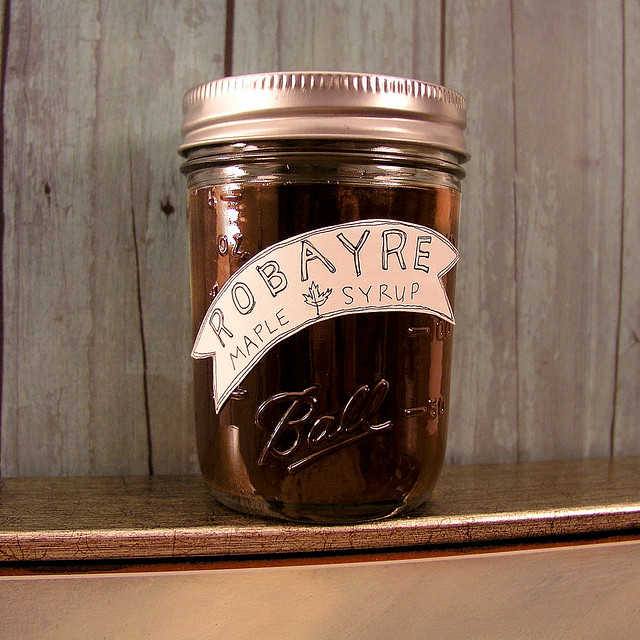
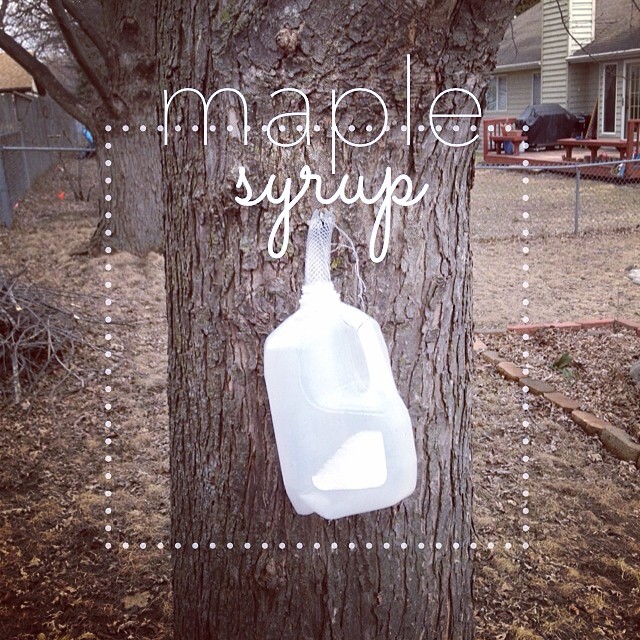
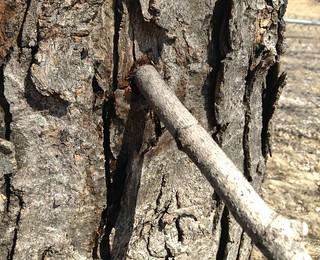


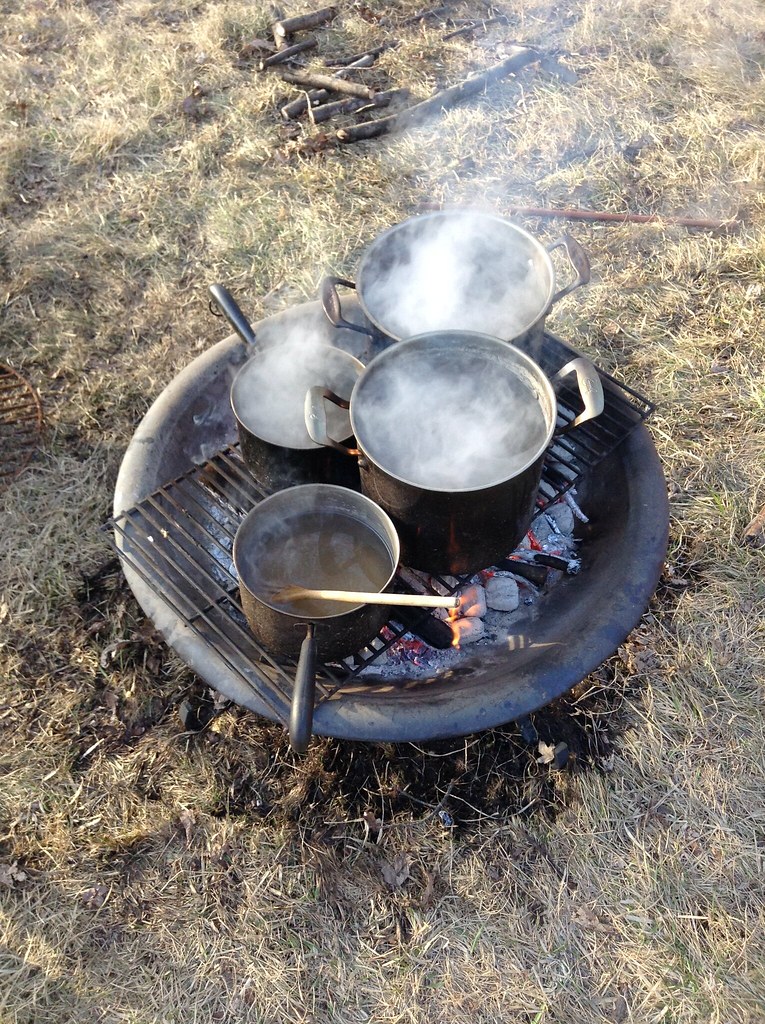
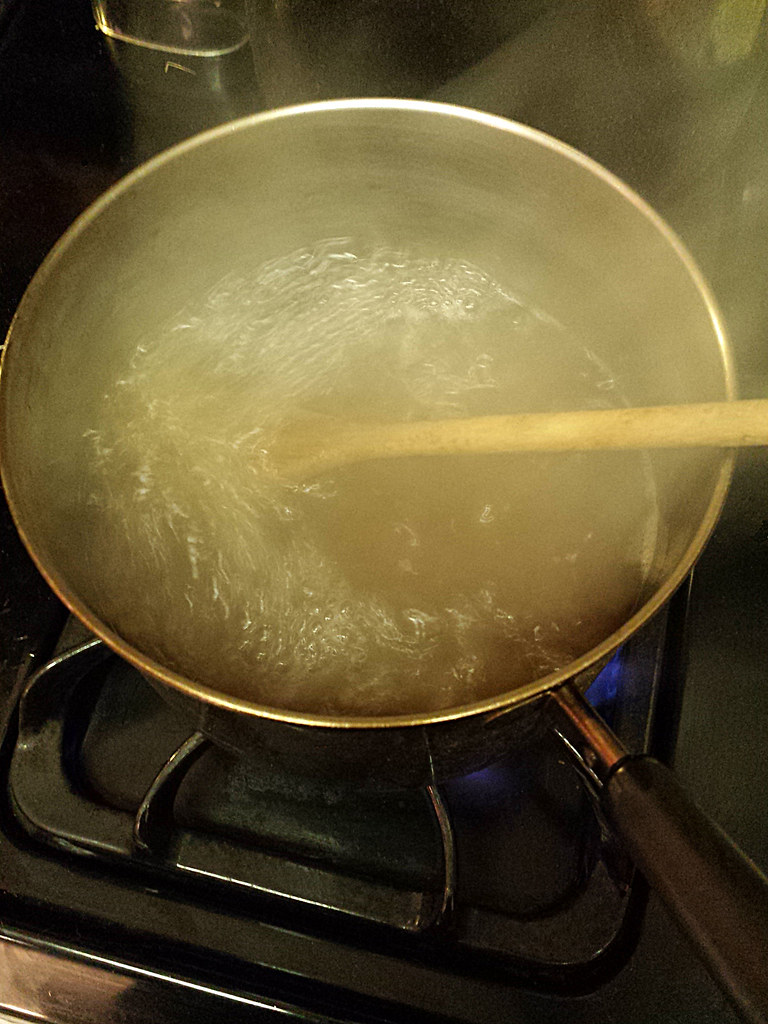
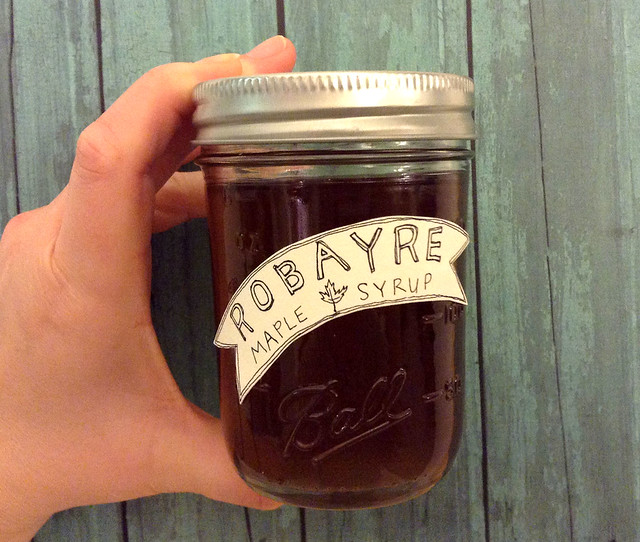
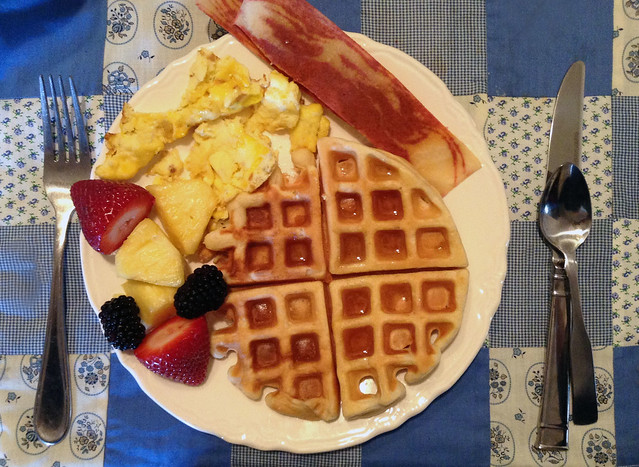
I would like to request one edit…we didn’t dump 5 gallons…we gave it back to the earth!! ;) Nice synopsis, Robyn!
That was an inspiring home made maple syrup tour, start to finish!!!
Um, like to come over for some pancakes… :o)
What an adventure, you two took it on with passion and had great success!
Yeah, the pioneers are in your blood, and then some!